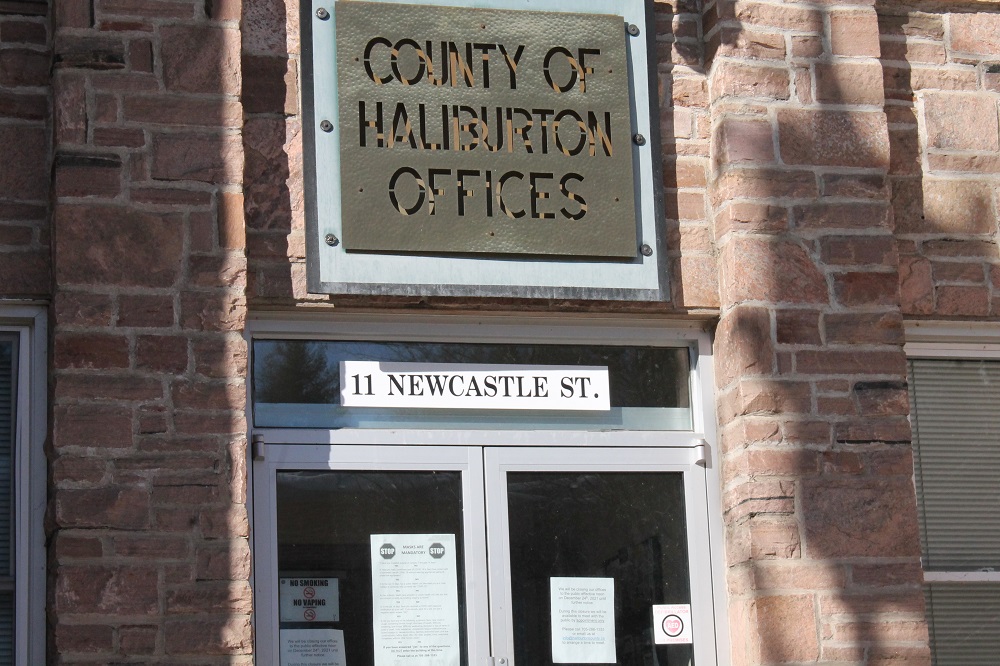County council decided to put $500,000 of unspent money from 2021 into reserves during a meeting Feb. 9. The move came after a presentation from an accountant saying the municipality was in last place out of 18 comparable municipalities when it comes to reserve contributions.
Oscar Poloni of KPMG delivered a sobering reserve and reserve fund analysis during last week’s committee of the whole meeting.
“The intention of the analysis is to provide the County with insight into its reserves and reserve funds in comparison to other counties, as well as some potential courses of action that could be considered by the County as part of its broader financial planning,” Poloni said.
In the last 10 years, the County’s reserve balances have increased from $4.3 million to $6.8 million, due in large part to provincial funding, such as modernization and the Safe Restart program.
Poloni said under $2 million is in working funds – a contingency for unexpected needs – and the rest is “other”.
However, the size of the County’s budget has increased as well, with reserves and reserve funds now representing a smaller percentage of total expenditures.
In comparison to 18 other Ontario counties with 50,000 or fewer households, the KPMG report found Haliburton County’s reserves and reserve fund balances “towards the lower end of the group.”
In fact, they were dead last in reserve funds – $6.8 million compared to an average of $51.4 million – and last in reserve funds per household – $321 versus the average of $1,532. They came in 15 out of 18 as a percentage of expenditures and 17 out of 18 as a percentage of TCA cost.
Poloni said the challenge is that “ultimately, the County’s reserve and reserve fund policy needs to balance its financial needs with the issue of affordability.”
That being said, he noted the County’s residential tax rate was the second lowest among the counties studied.
He suggested three courses of action:
• A long-term financial plan that outlines planned operating and capital expenditures and associated funding sources, allowing the County to introduce a phased-in approach to adjusting reserve and reserve fund levels.
• Adopt a formal reserve and reserve fund policy that outlines: types of reserves and associated uses; minimum and maximum balances; policies for financing and reporting.
• Consider alternative approaches to financing that can supplement reserves and reserve funds, such as debt, development charges or special levies.
Councillors respond
Warden Liz Danielsen said, “I know we’ve done a lot of work to put ourselves on an appropriate path to sustainability but it’s quite obvious from your numbers that we’ve got a way to go.” She said she welcomed the suggestion about a reserve fund policy. Further, “it’s becoming more and more apparent that we really do need to investigate or take a deeper dive into development charges and see how that will support our moving forward.”
Coun. Pat Kennedy noted some of the County’s challenges include a high percentage residential tax base, versus commercial and industrial. He noted the municipality “has jumped seven years into the future” in terms of growth. It’s required more staff and the hiring of consultants. He thought special levies and development charges were worth looking into.
Coun. Brent Devolin asked CAO Mike Rutter about the work involved in a formal reserve and reserve fund plan. Rutter said treasurer Andrea Bull had been working on it for a couple of years and they could have something for the council to consider before the end of its term.
Coun. Andrea Roberts commented that a combination of reserves and debt is probably a better mix. She also spoke in favour of looking into development charges. Coun. Cec Ryall questioned whether there was a recommended debt to reserve average. But Poloni said it is very much a municipal perspective.
Later in the meeting, during a discussion about a $500,000 surplus from the 2021 budget, Devolin suggested that money go into reserves.
“Given Oscar’s discussion that he had with us today, I would put forward that we move that money into reserves … does the rest of council have an appetite to add a half-a-million dollars in one stroke of a pen to that with a tax rate increase that I think is definitely lower than inflation, given the rate of inflation, is quite good?” he asked. Council passed its 2022 budget at the meeting with a 3.22 per cent levy increase.
“I don’t think that Haliburton County wants to be the lowest,” Roberts said of being 18 out of 18.





